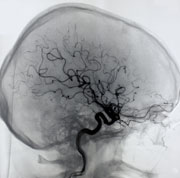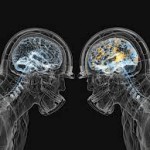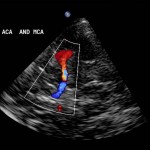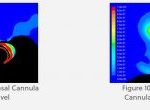Depending on what statistic you’re looking at anywhere from 30-40% of strokes result from an unknown cause.
That’s right. A full work-up of these patients reveals no cardioembolic causes, no large-artery occlusive disease, and typically an absence of risk factors. It’s a diagnosis of exclusion and it’s called cryptogenic.
So what actually causes these strokes to occur? Why does a clot form and occlude a vessel if there are no known reasons for it to do so?
There’s a couple of theories (presently more like a collection of correlations):
1. Patent Foramen Ovale. PFO has been been shown to have an increased incidence in patients who suffer cryptogenic strokes. PFO is present in 17-35% of the general population but is witnessed in up to 45% of cryptogenic stroke patients. (Source)
2. Pathogenic/Immune Response. There’s a growing body of epidemiological studies indicating a correlation between receiving an annual flu vaccine and a pretty significant decrease in stroke & heart attacks. (Source)
3. Subclinical Atrial Fibrillation. In one study (n=51; be wary of the small sample size) where patients wore a type of implantable arrhythmia detector A-fib was detecting in 25% of the subjects. The mean detection date was at Day 48 representing a very infrequent onset. Paroxysmal A-fib like is would be incredibly difficult to detect as it is so transient. (Source)
4. Undetected Genetic and/or Environmental Causes and/or Some Other Unknown. Research into environmental causes of neurological pathology is a pretty hot area of research and when it comes to genetics (and epigenetics) we are barely scratching the surface.











1 Trackback